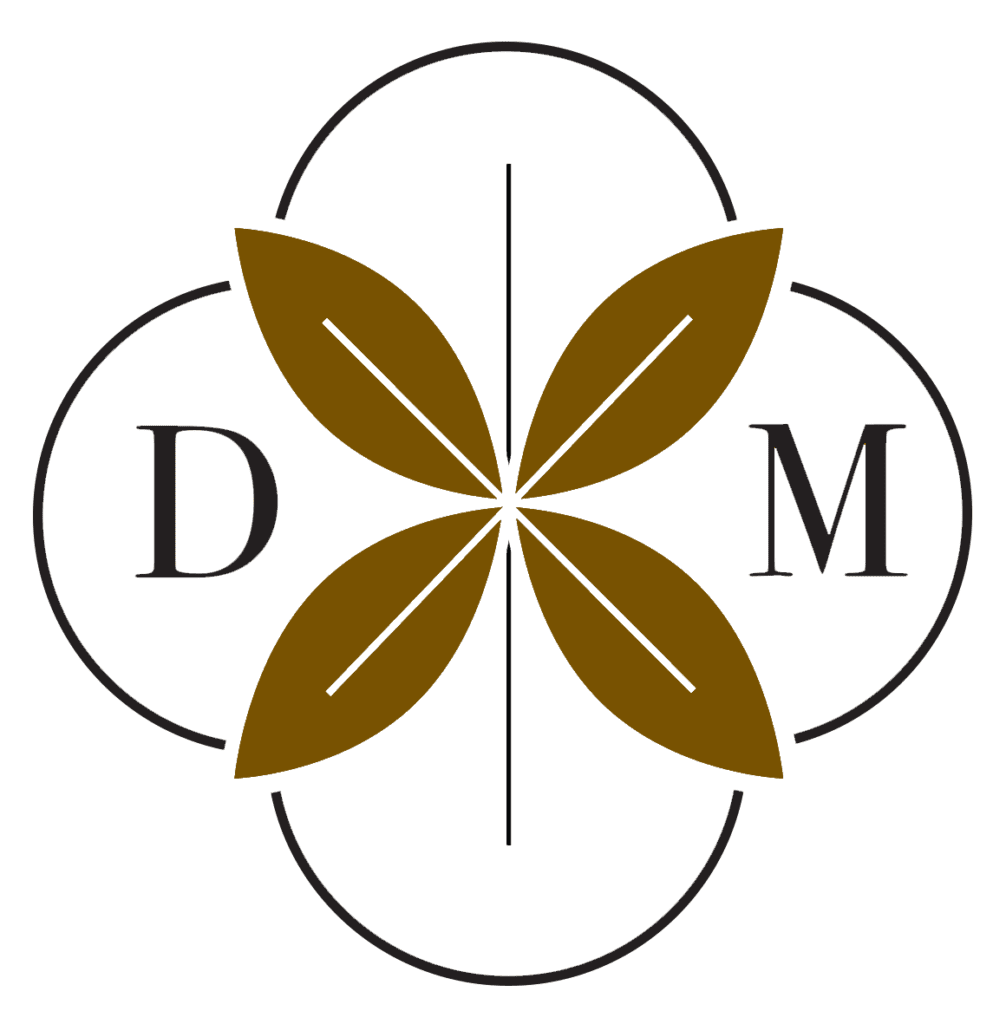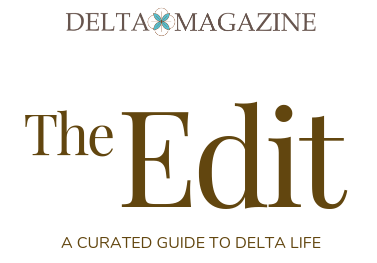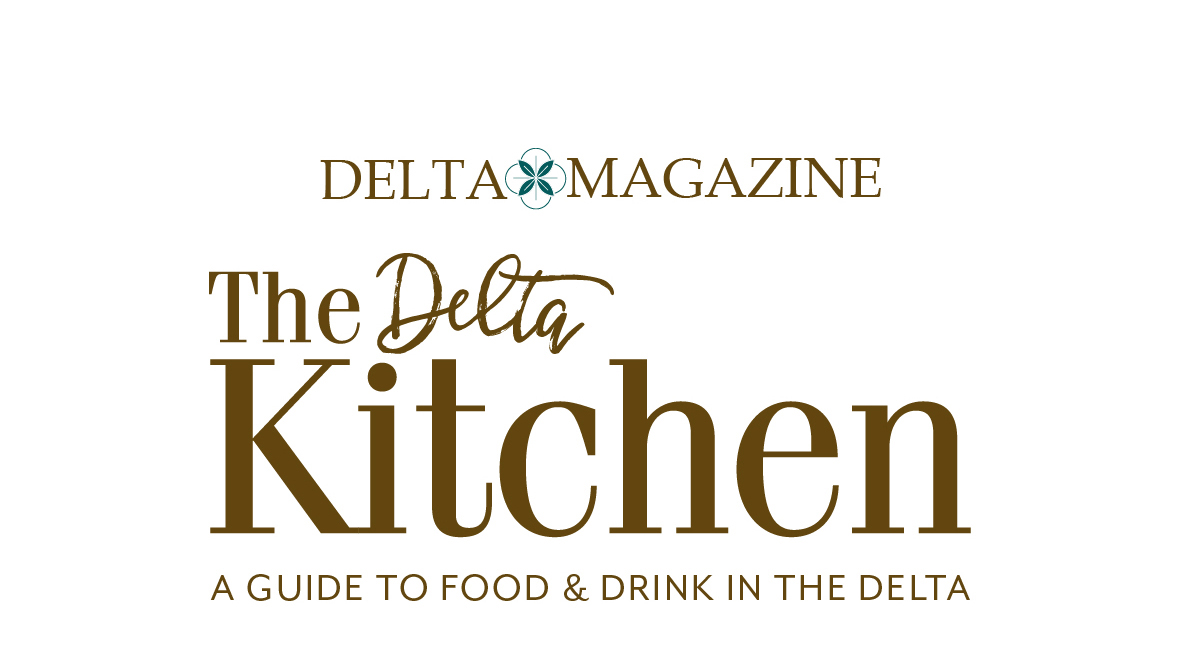By MARY LEE MCKEE • Photography by ANNA SATTERFIELD PHOTOGRAPHY
Blending Art and Community to Find the Good
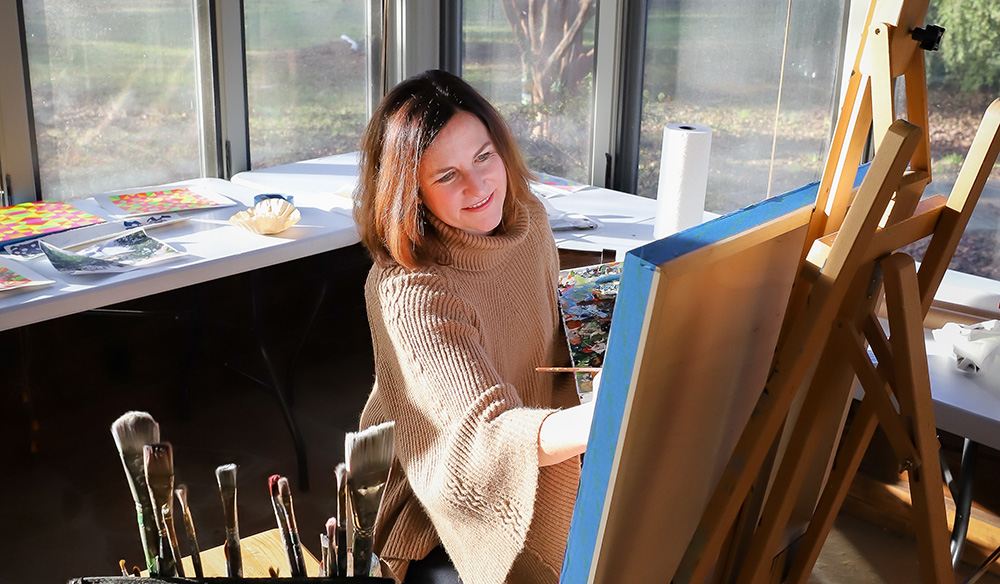
What’s good in your community? Does the question surprise you? Are you more accustomed to discussing what’s wrong? What’s NOT good or what’s NOT working? Jennifer Drinkwater has a question. “What’s good?” But more than that, she wants to know what would happen if “What’s good?” was the question we asked more often than “What’s wrong?”
Drinkwater recently loaded up her car and traveled from her home in Ames, Iowa, to Cleveland, Mississippi. Born in Greenville where she lived until second grade and was then raised in Jackson, she was happy to head south for a two-week artist-in-residency at Jx Farms. The one-time horse farm was repurposed by the Jacks family to provide temporary residence, respite, and reinvigoration for artists and makers, an artist-in-residency program (AIR). Drinkwater is passionate about AIRs. “Without fail, major turning points in my art practice have followed my stints at AIRs.” AIRs provide artists with a refreshing break from work and other demands and the space and resources necessary for a time of special focus on creating without interruptions. “It’s hard to create in the throes of daily life. It’s been nice to be quiet and have a little mental breathing room.”

A few of Drinkwater’s goals for the residency were to take photos, finish writing a community toolkit for pop-up exhibitions and experiences, and explore a few Delta sites for her entrepreneurial venture, the What’s Good Project. She created the What’s Good Project to celebrate what is good in communities, to sell her art, and to give portions of what she sells back to those communities. It’s the culmination of her work as a community art specialist, her love of people and places, of stories and storytelling, and her desire to challenge the habitual tendency of critical thinking to be based in negativity.
Ames is the home of Iowa State University, where Drinkwater has a joint appointment as an assistant professor in the Department of Art and Visual Culture and as a community art specialist for the Community and Economic Development unit for ISU Extension and Outreach. It’s a mouthful. You could say she is an artist teaching art with a passion for helping communities use art for the betterment of all. “I talk to people. A lot.”
After acquiring her MFA in painting, Drinkwater was hired by ISU to teach drawing and painting, which she did for seven years. Meanwhile, her personal work became more community oriented. She wrestled with the question, “How does art move beyond the studio and into communities and lives?”

With the creation of a new position that combined faculty and community outreach, Drinkwater’s personal and professional callings began to align. “Now I’m teaching classes I wish I’d had in grad school—like how to be an artist in the world. I’m in the College of Design versus a school of art. Think landscaping, planning, architecture. How can art be useful? How do we use art and design to build community?” At this point, she pauses and makes a thoughtful assertion: “The South gets this.” Taking into consideration her very inclusive view of art that includes many expressions, such as culinary arts and folk traditions, she offers examples: “The idea of Southern supper clubs is on point: gathering together to eat, often thematically. Or the way New Orleans came back after Hurricane Katrina was largely because the arts and culture created such a strong social fabric, like the Mardi Gras Indians and Social Aid and Pleasure Clubs.”
In her role at ISU, she helps communities use art to build relationships and economic development opportunities, as well as bring diverse groups within the community together.
“Art is becoming more widely accepted in the community and economic development space, and it is encouraged that artists have real roles in communities, to use art for community development. And that means whatever the community wants it to mean. I’ll show up in a community, and they want a mural project. I can guide them through the process. I’ve produced toolkits for that.” In 2012, she assisted a mural project in Clarksdale with middle school students to address “what this place is and what it could be.”

Art and design, creativity and culture working to promote community, to bring people together, to build social capital—is it really a thing? And is it something the South inherently gets, as Drinkwater believes? “The South has a culture of celebration. Maybe it’s the warm weather. In the Midwest, life is built on the backs of family farms; it’s very hard-working. Southern culture is more laid back, full of food and party and family and celebration; it’s different. The storytelling, porches, waving to your neighbors…that creates something. People just enjoy life more.” If the South gets it, the Delta, perhaps the most Southern place on earth, gets it even more. “There’s no excess like there is in the Delta.”
She reminisces about growing up in the Delta, returning to Greenville from Jackson each summer through high school. When she was older, she perceived that Greenville was…different.
“My dad is a great storyteller. He used to describe the difference like this: the dinner party in Greenville versus the one in Jackson. The one in Greenville, you have cocktails ‘til eleven, then you finally eat. Then you dance all night.” Place. Storytelling. Places have their own, unique stories. Drinkwater loves to find those stories, especially the good stories, and bring them to light. “Storytelling and folklore are hugely important in Mississippi communities, and the best storytellers I know are Mississippi Deltans.” This perfectly describes the mission of the What’s Good Project: combining storytelling and art to showcase what is good in a community. It grew naturally out of her work at ISU.
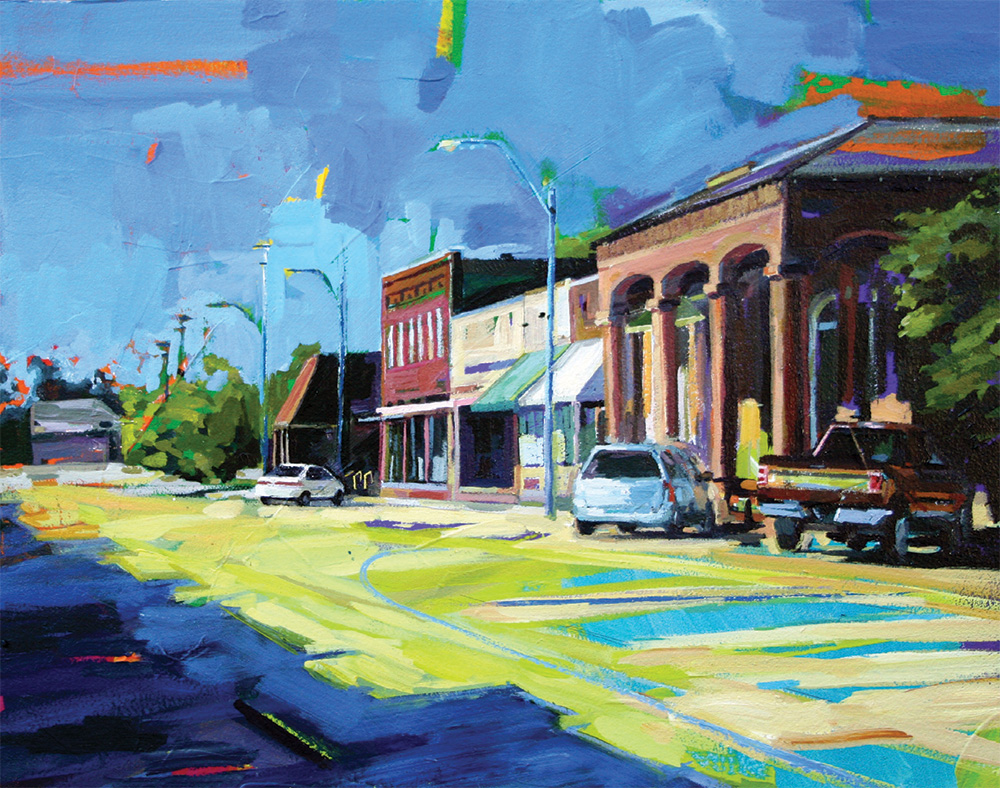
“The cool thing about my role at ISU is helping communities identify their assets and then figuring out how to leverage and grow those assets and make the community stronger. Focusing on the negative doesn’t help. That’s a death spiral.” Conversely, finding the assets is actually the beginning of addressing the challenges. Gratitude becomes the driving force for change. Not condemnation. “This isn’t Pollyanna. Research shows it works.” And yet, Drinkwater is by no means advocating for sweeping problems under the rug.
“The people and communities I’m drawn to are where normal people are acting in courageous ways in the face of civic challenges or injustice. They are showing strength and courage and character and acting positively in spite of those things.”
In 2019, backed by funding from ISU and the Puffin Foundation, Drinkwater officially launched the What’s Good Project with a focus on communities in Iowa and the Mississippi Delta. She began in Benoit and interviewed her way through nine Delta counties. “When I started I was deliberate about not interviewing the PR people in the community. At first I had a script then developed natural conversation. People do share.” They share about their lives and their lives in their communities.
One of her favorite interviews was with Velma Benson-Wilson of Marks, the first and current Quitman County Economic and Tourism Director. “She’s an amazing woman with an amazing story.” Her love for Marks and its assets led her to help found the Mules and Blues Fest in 2017 and to succeed in acquiring an Amtrak stop after a twenty-year community effort, a tremendous feat and asset for a town of 1,400. Her interview with Benjamin Saulsberry was very helpful to the What’s Good project. “He’s from Sumner and a professional gospel singer and the education director at the Emmett Till Interpretive Center. He had such great insight into all the good work happening in Sumner.” The stories and paintings that resulted from Drinkwater’s interviews in the Delta, including Marks, Sumner, and Rolling Fork, are archived on the What’s Good Project website.

“There’s so much good and history and potential that exist in these places,” she contends. “Art is a vehicle to help people share their lives and their stories. I’m more of an ethnographer, trying to contribute to that shifting narrative of what’s happening.”
She continues, “Surveys of small towns under ten thousand have found that the highest indicator of quality of life is social capital: a feeling of belonging, local civic engagement. When you get involved in your community and feel like you belong, you are more likely to get involved because you feel like you can help.” Her voice rises. “People make effort when they feel good. You have value and can add value!” And that’s a secret, yet-oh-so-obvious, ingredient to community development. Drinkwater’s mission with What’s Good is to elicit the storytelling from people that reveals what is good and beautiful and worth celebrating in their communities and draw people into that celebration. “I’m definitely not interested in using art to interrogate my own personal pain. I want to contribute to something bigger than myself.” Her paintings, like the stories she records, evoke a sense of celebration without compromising the complexity.
“I paint in layers. I didn’t consciously think of this, but it speaks to layers of history, culture, complications, building up pieces in our community and individual lives.” She begins with layers of bright colors because she is intimidated by the white canvas. But the colors seem to convey positivity and celebration. “I love the process. I don’t get rid of the layers. I like what’s under the surface, to let it show. Seeing the evidence of the mark, of the process.” Just like the communities she paints about.
If you visit the What’s Good Project website, whatsgoodproject.com, you can sign up for a bi-weekly newsletter, and you will receive a personally written postcard from Drinkwater. You may also follow her on Instagram @thewhatsgoodproject.
